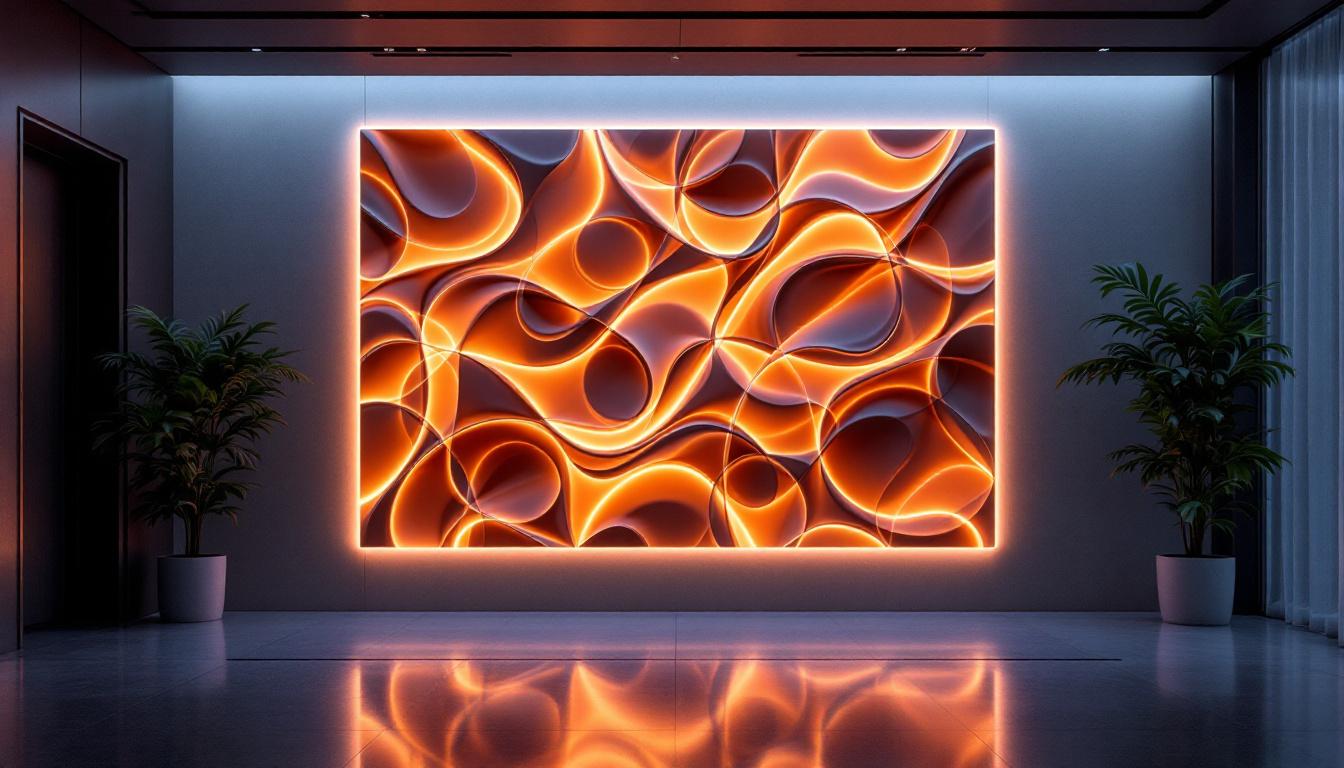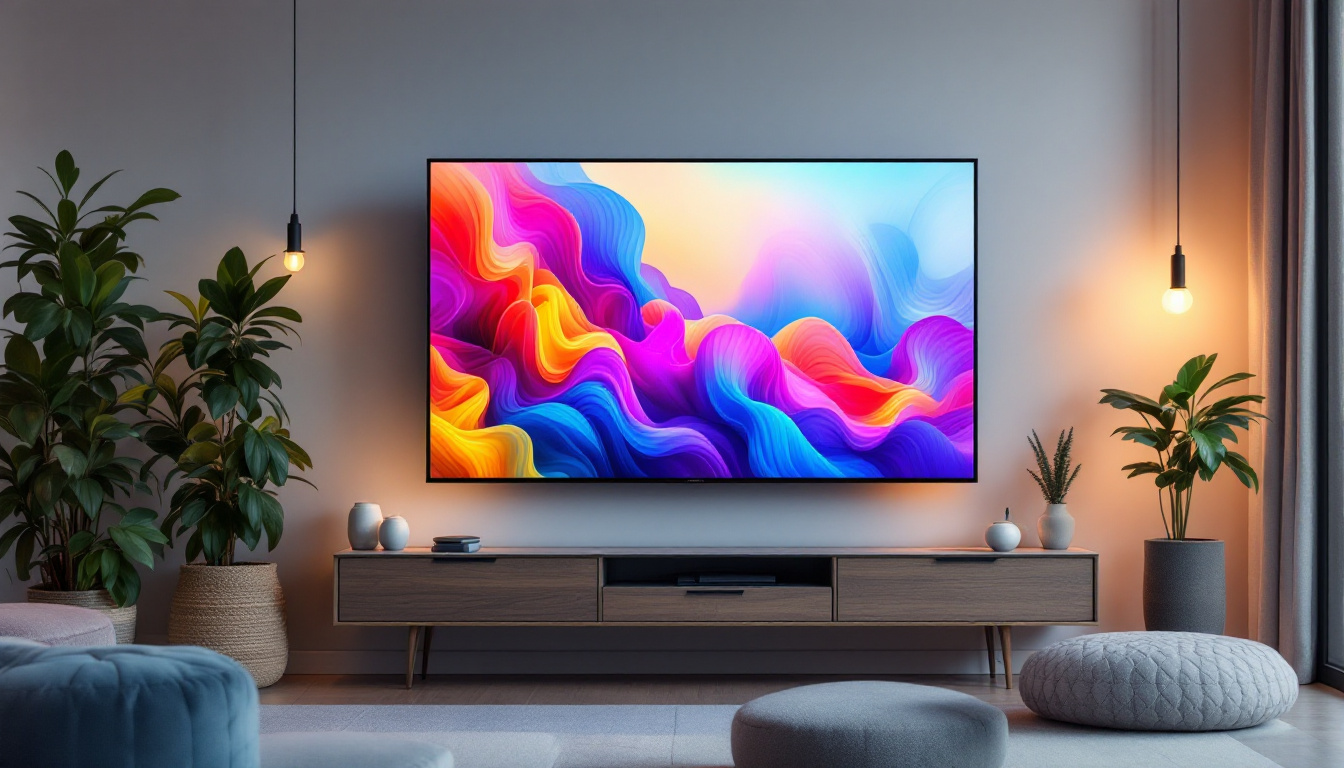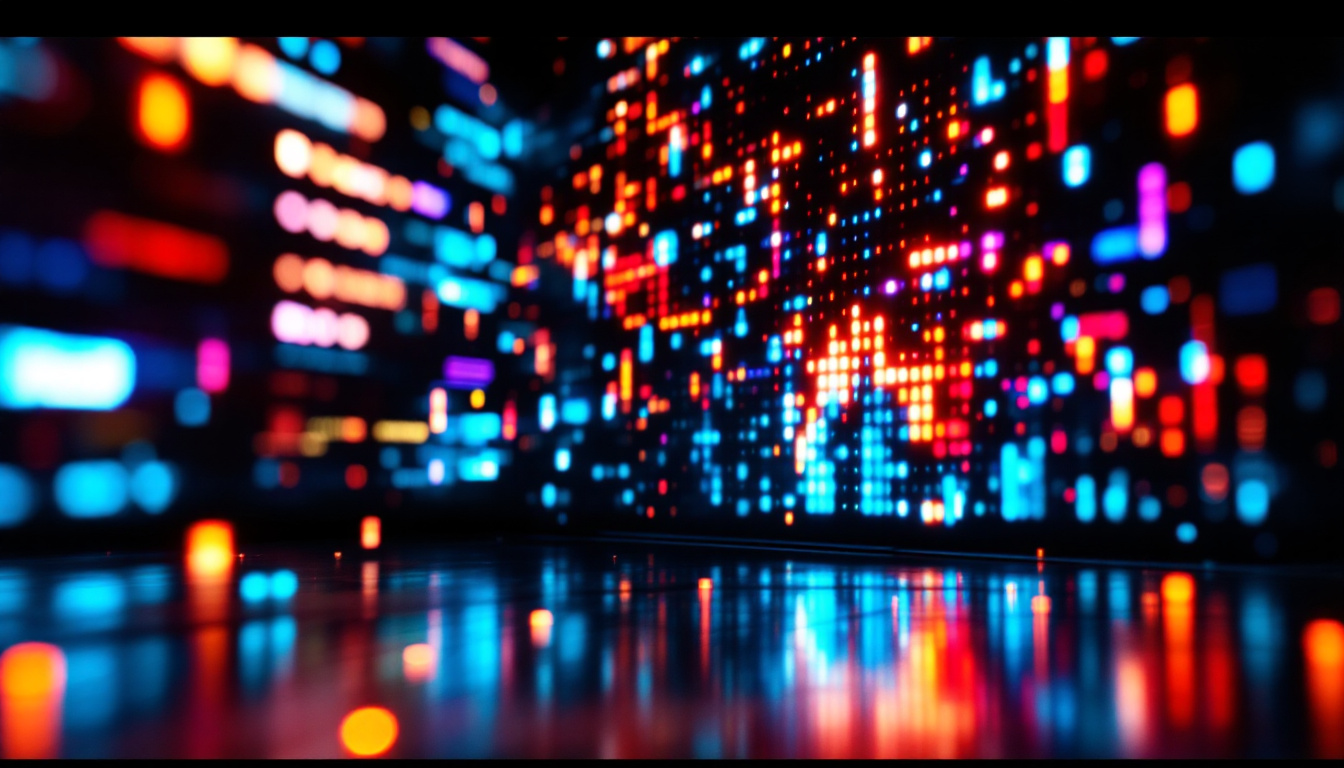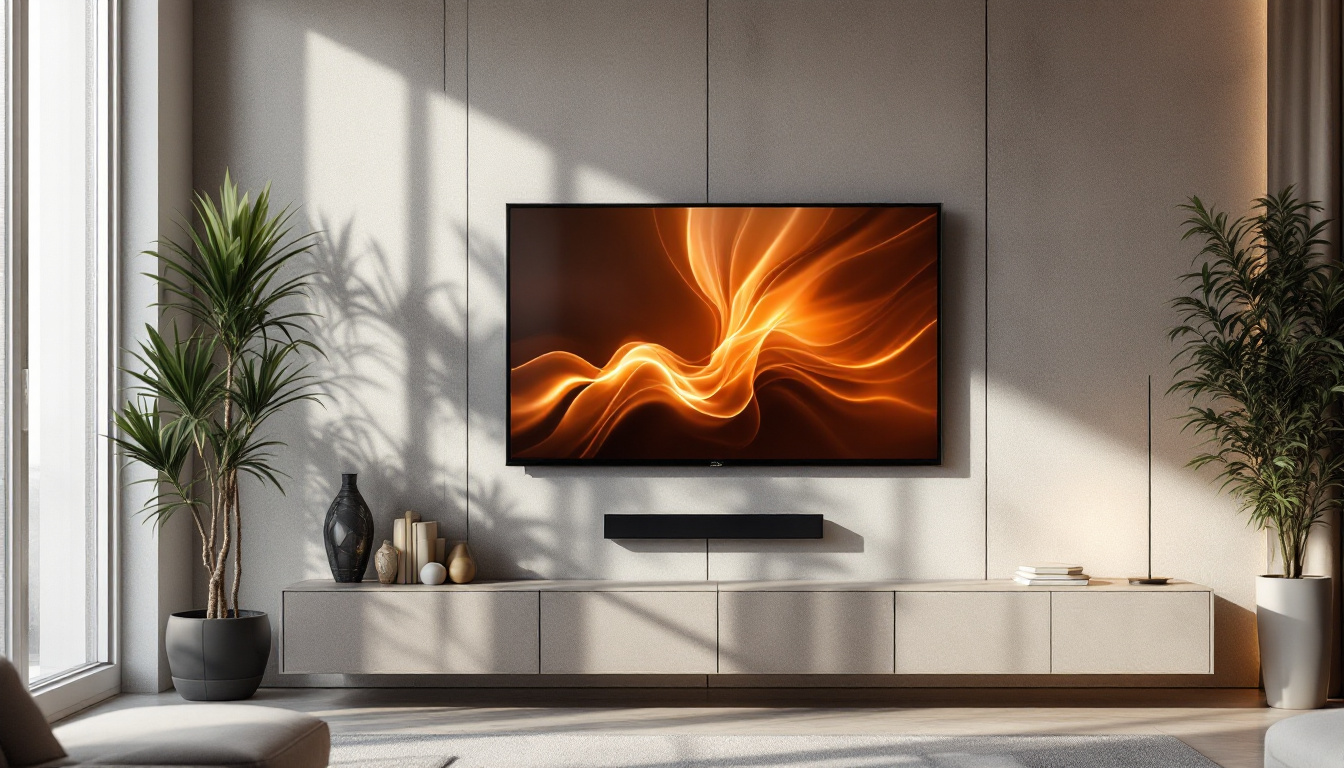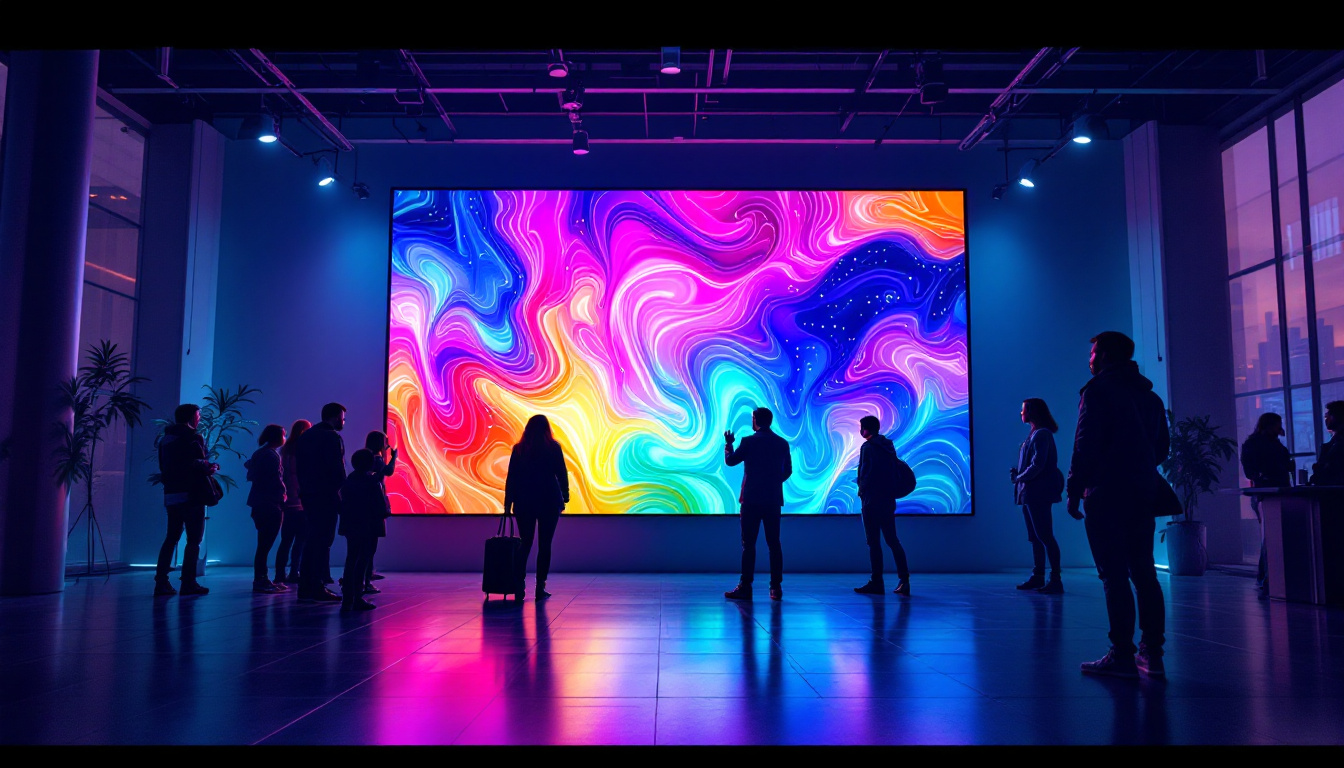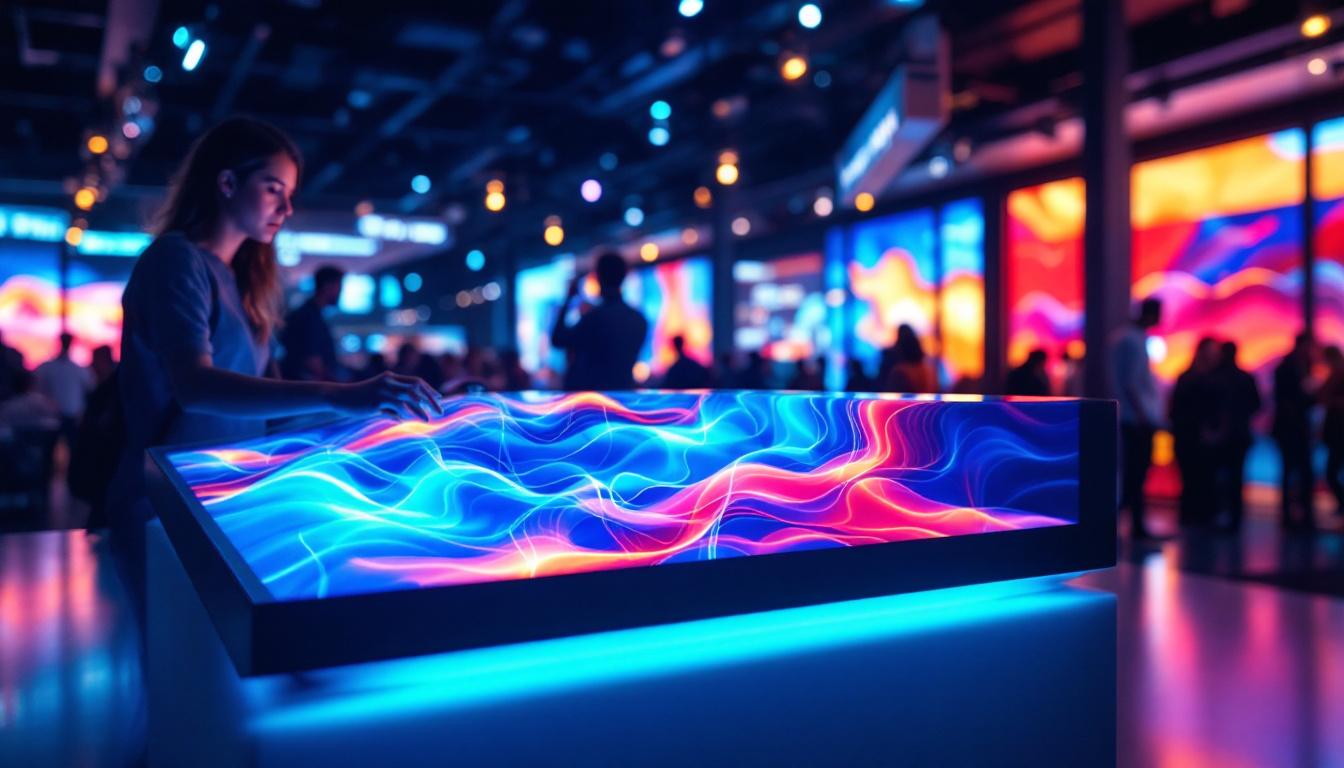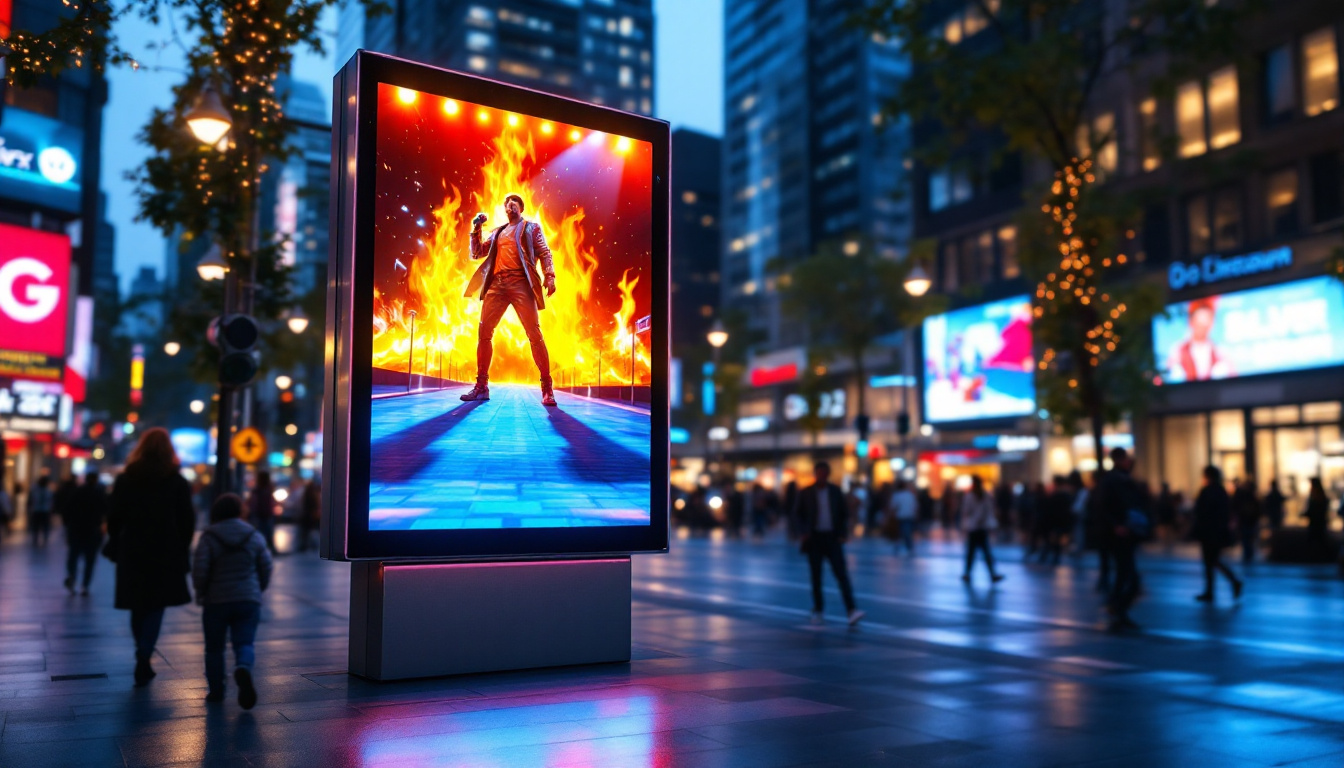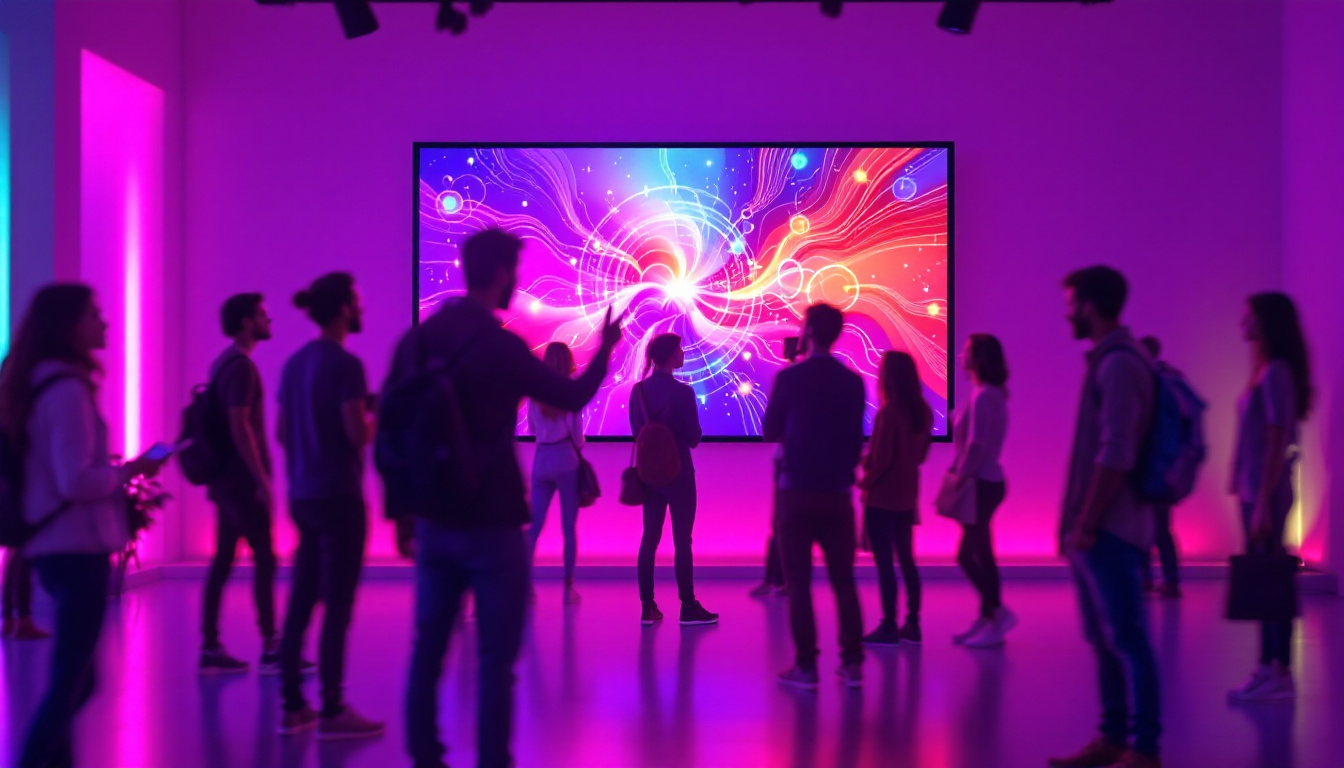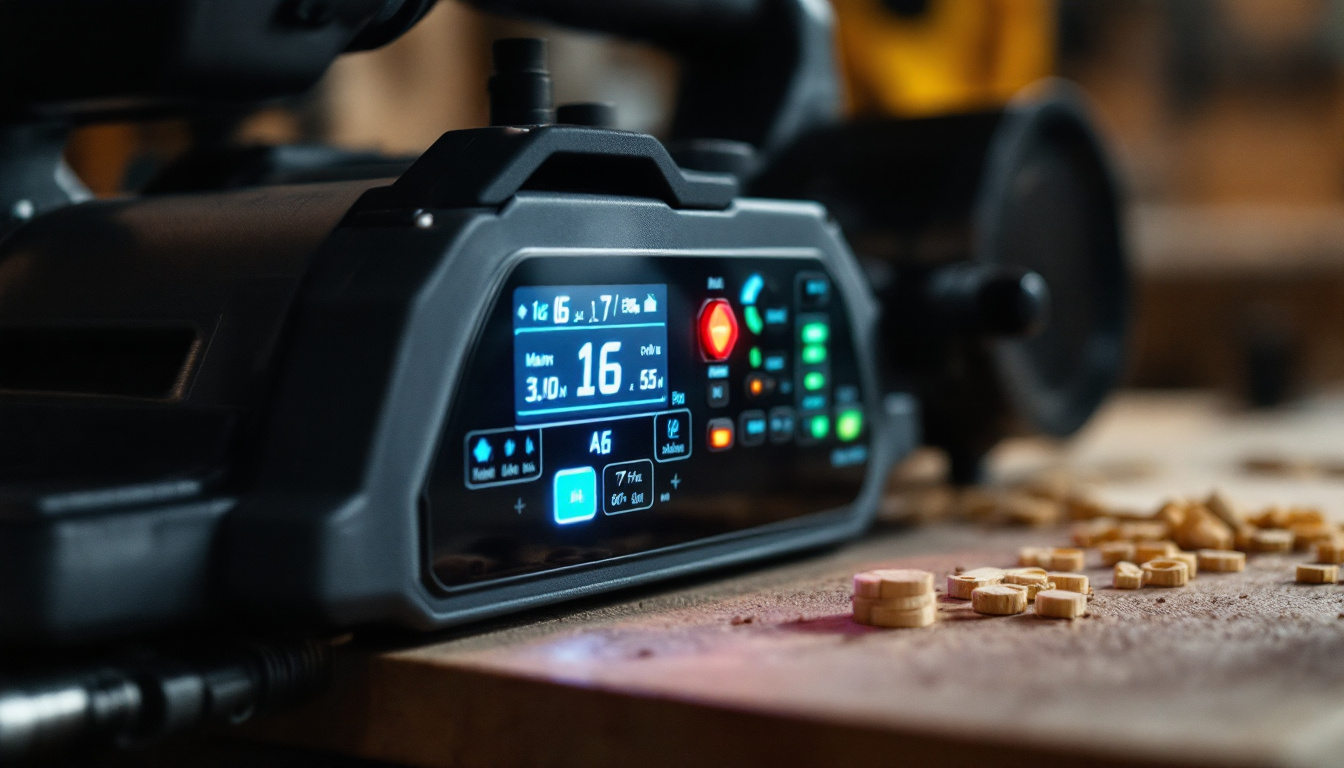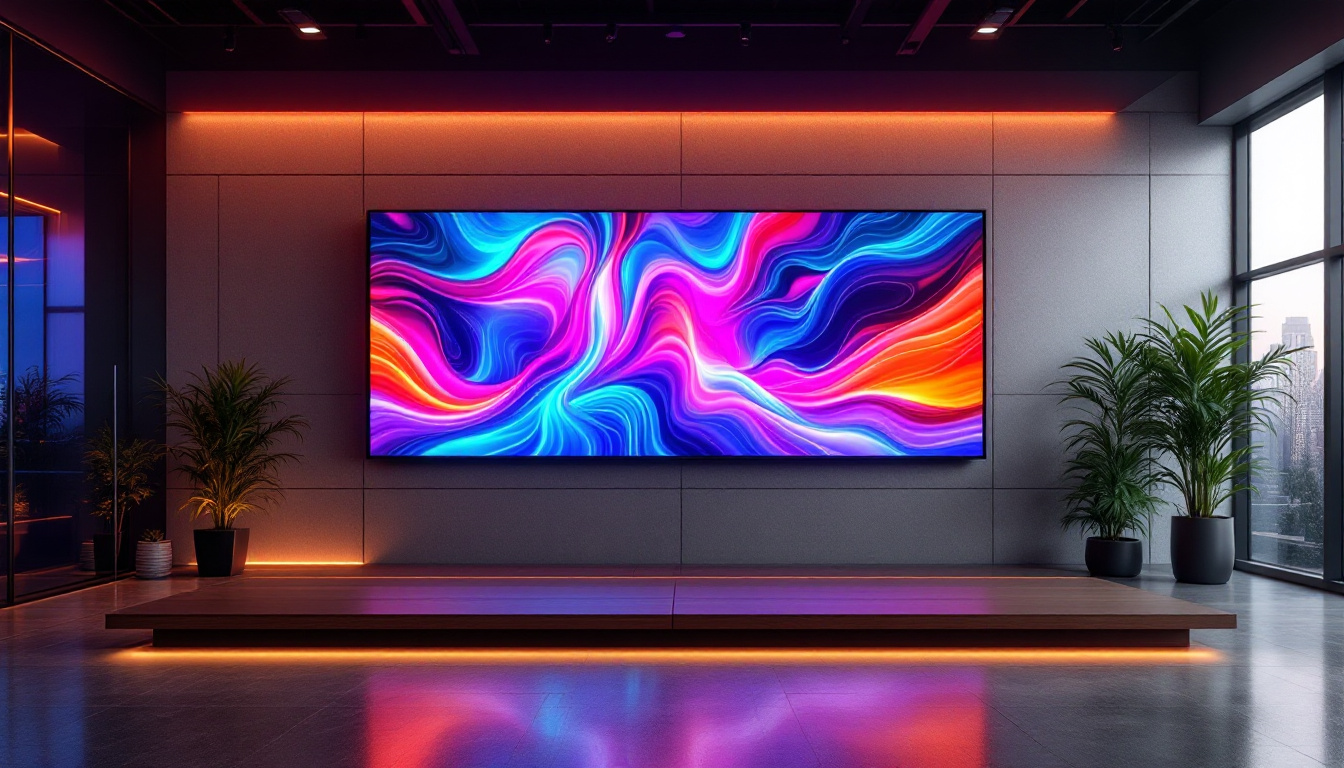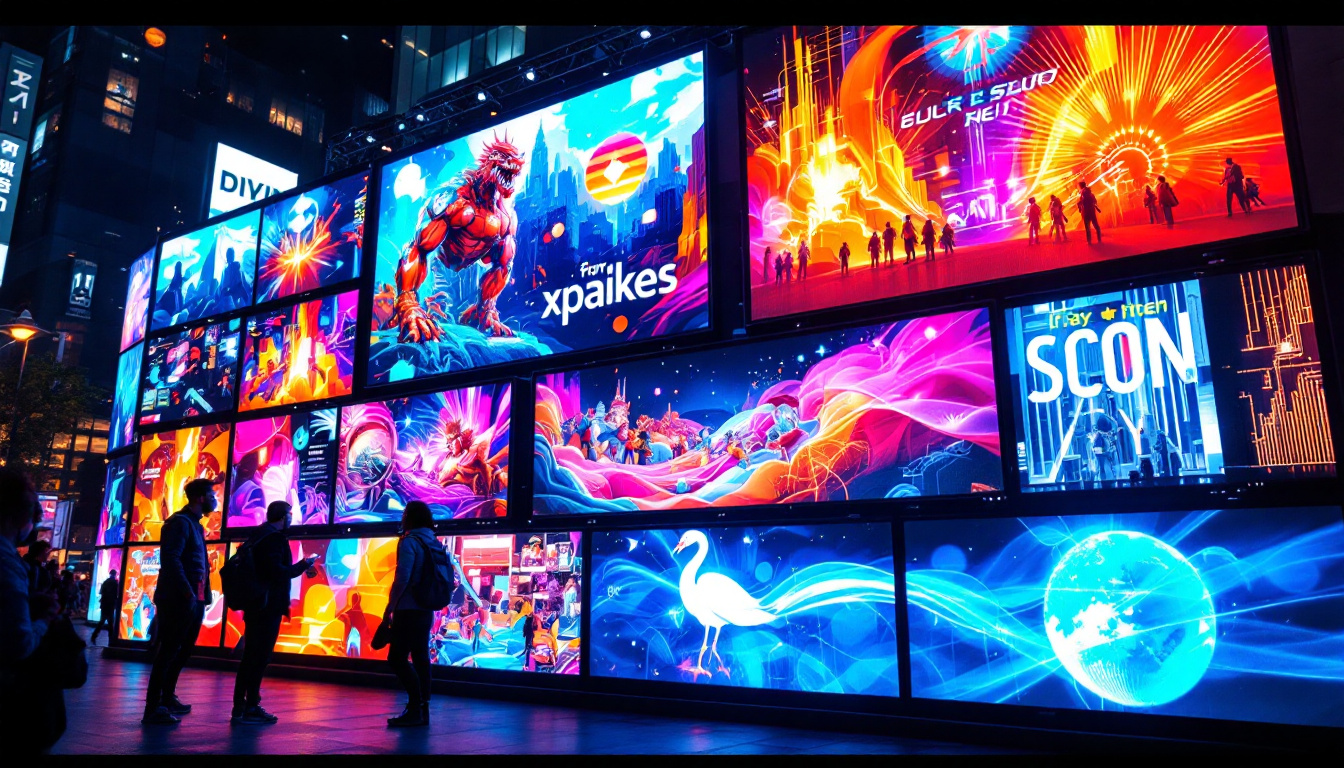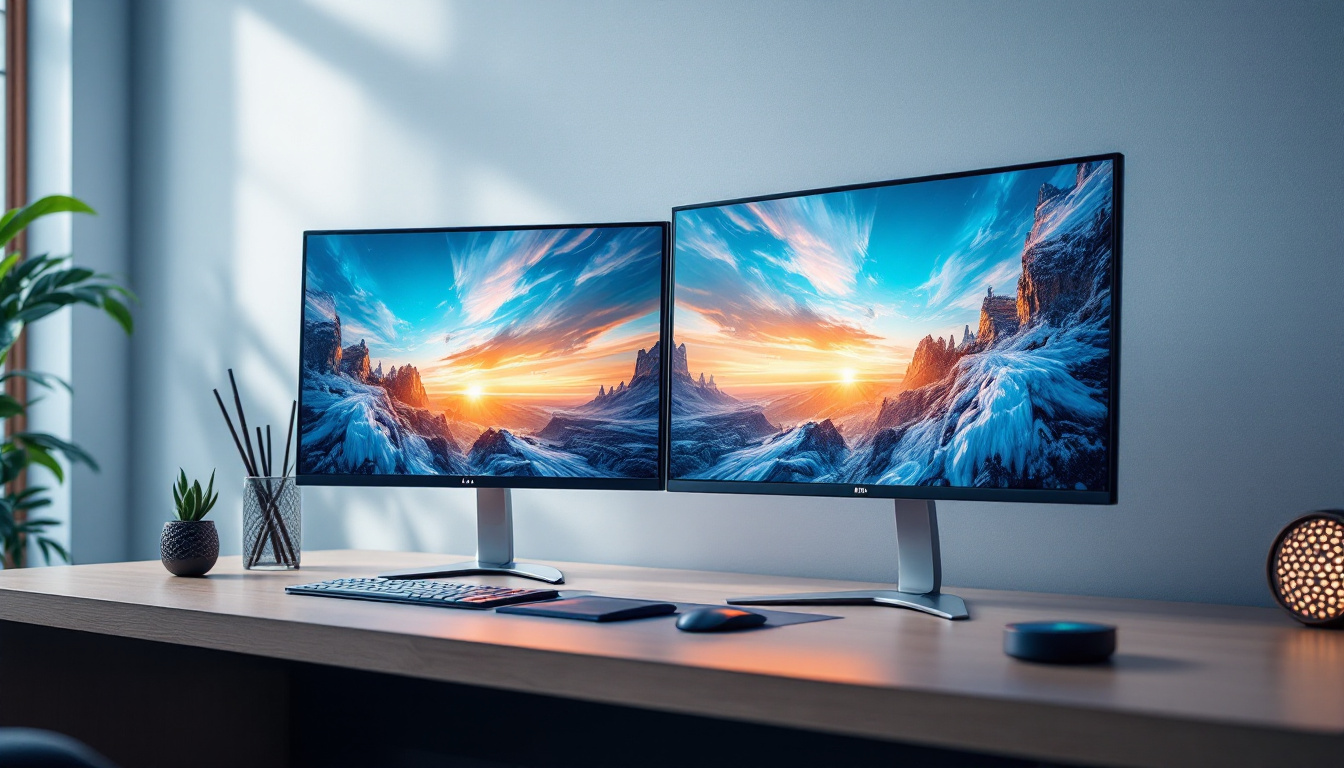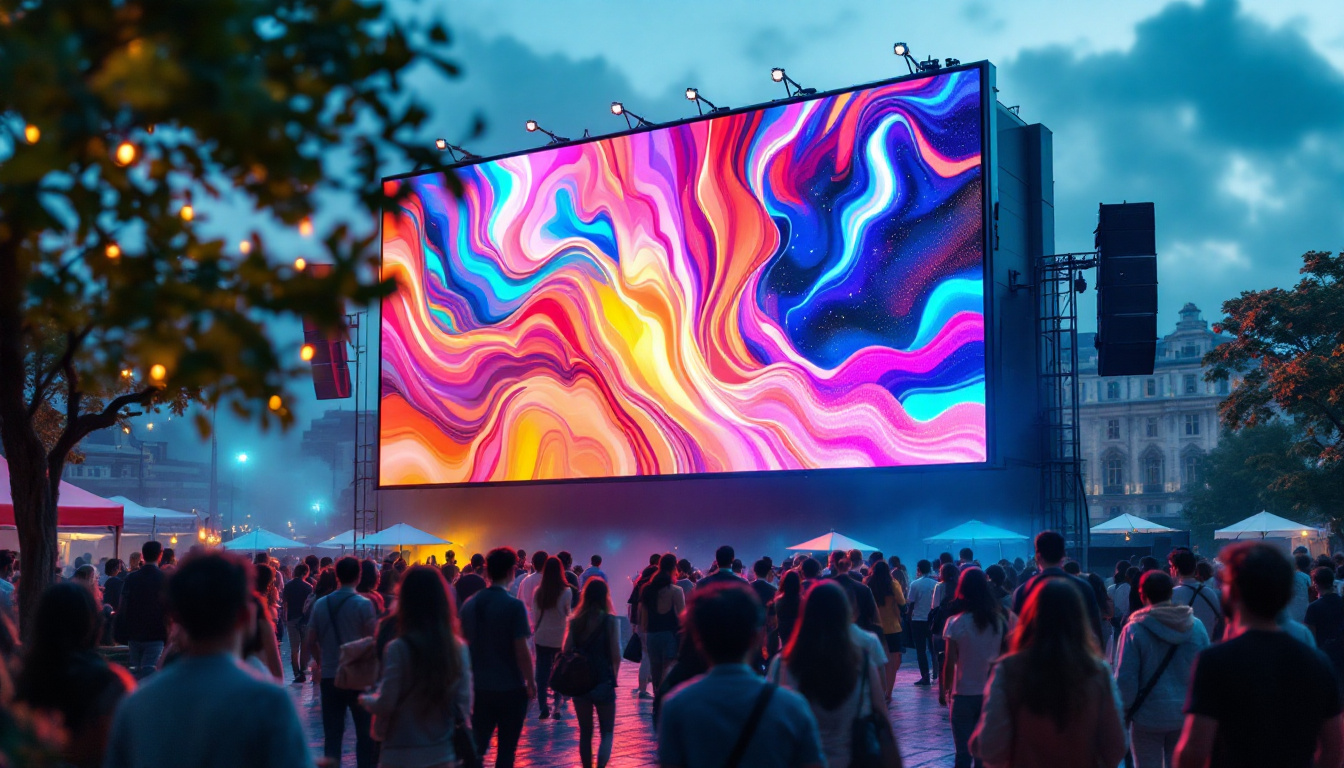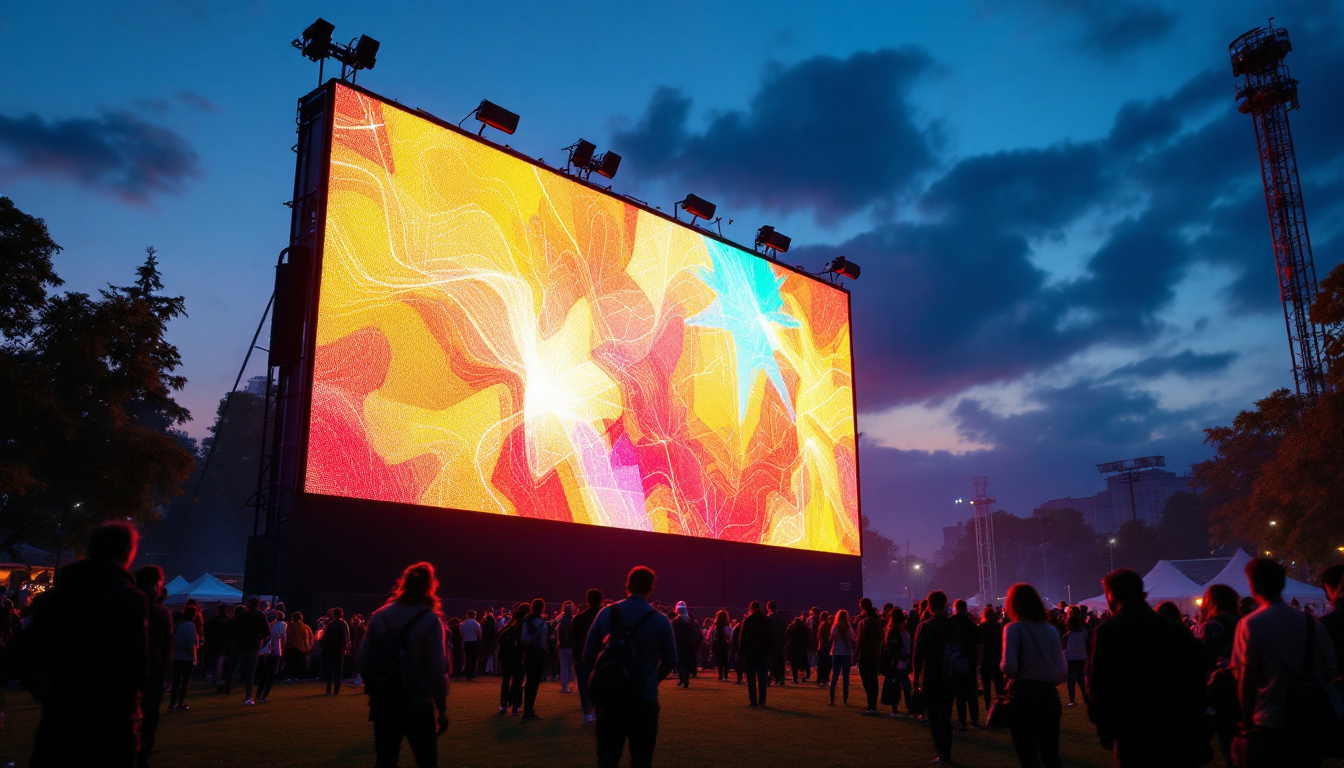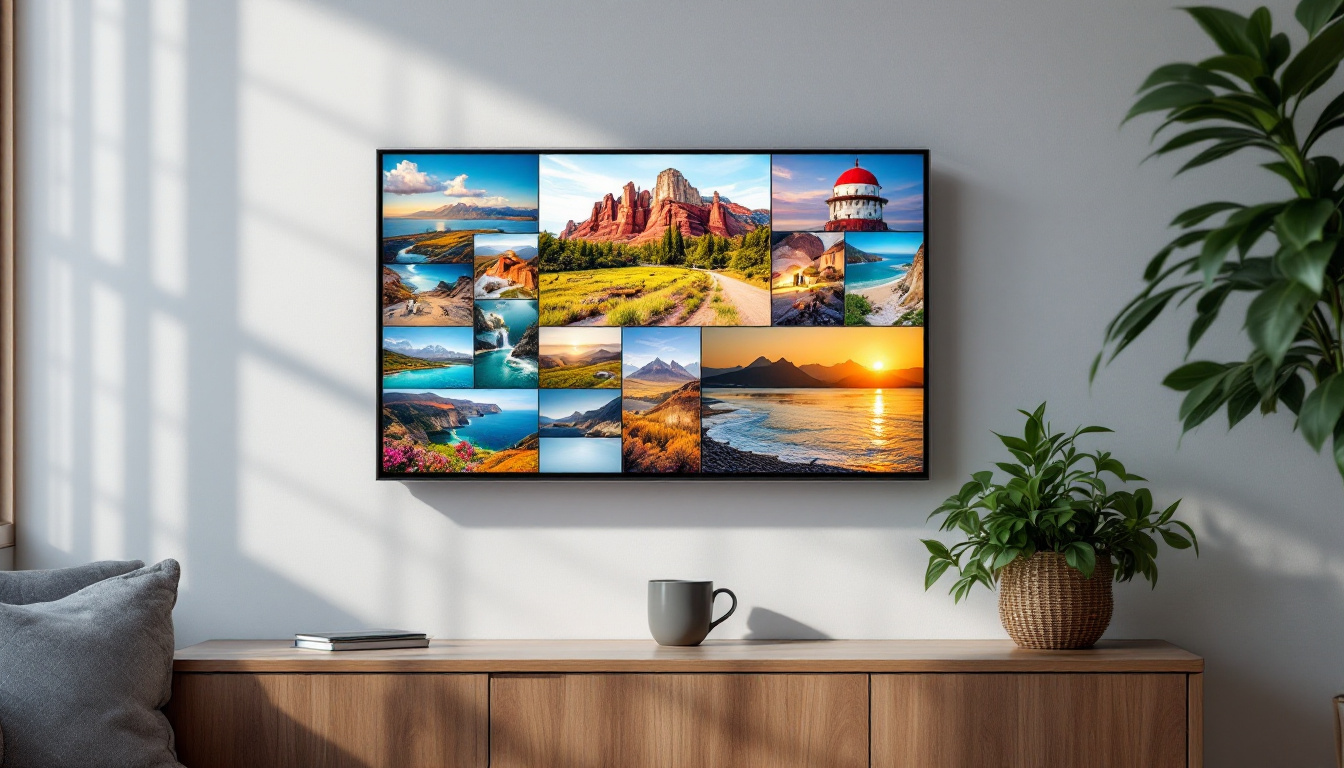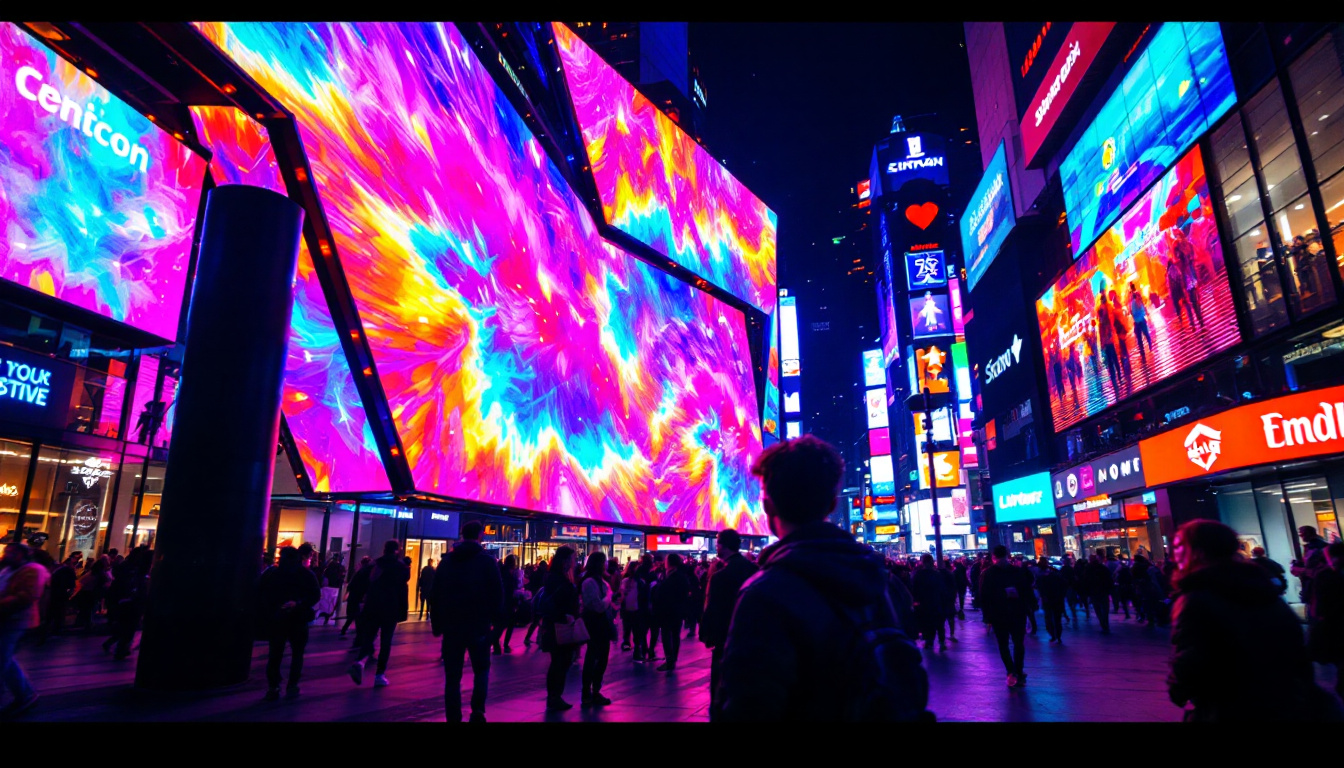In modern interior design, the fusion of technology and aesthetics has transformed how spaces are experienced. Wall paneling with integrated LED lighting is one such innovation that has gained significant traction. This design approach not only enhances the visual appeal of a room but also introduces dynamic lighting effects that can be customized to suit mood, function, and style. This article delves into the world of LED wall paneling, exploring its benefits, types, installation considerations, and practical applications.
Understanding LED Wall Paneling
LED wall paneling involves the incorporation of light-emitting diode (LED) technology into wall panels to create illuminated surfaces. Unlike traditional wall treatments, these panels serve both decorative and functional purposes by combining texture, color, and light. The result is a captivating display that can transform ordinary walls into focal points of a room.
LEDs are favored for their energy efficiency, longevity, and versatility. When embedded into wall panels, they offer designers and homeowners the ability to play with brightness levels, colors, and patterns, enabling personalized lighting schemes that adapt to different settings and preferences.
The Evolution of Wall Paneling
Wall paneling has long been a staple in architecture and interior design, traditionally used to add texture, warmth, and protection to walls. Materials such as wood, MDF, and PVC have been popular choices. However, the integration of lighting technology marks a significant evolution, shifting the focus from purely tactile and visual elements to interactive and immersive experiences.
Modern LED wall panels often combine materials like acrylic, wood veneer, or metal with embedded LEDs, creating a hybrid that appeals to both contemporary and classic design sensibilities.
Types of LED Wall Panels
There are several types of LED wall panels, each offering distinct advantages depending on the intended use and design goals. Understanding these types helps in selecting the right paneling for a particular space.
1. Backlit Wall Panels
Backlit panels feature LEDs installed behind translucent or semi-translucent materials, such as frosted acrylic or resin. This setup produces a soft, diffused glow that highlights the texture or pattern of the panel surface. Backlit panels are ideal for creating ambient lighting and adding depth to wall designs.
For example, in commercial settings like hotels or restaurants, backlit panels can enhance branding elements or architectural features subtly and elegantly.
2. Edge-Lit Panels
Edge-lit panels have LEDs positioned along the edges of a panel, illuminating the surface from the sides. This technique is often used with acrylic panels engraved or etched with patterns, which become visible when lit. The result is a striking visual effect that emphasizes geometric shapes or custom designs.
Edge-lit panels are popular in modern offices and retail environments where clean lines and contemporary aesthetics are desired.
3. RGB LED Panels
RGB LED panels incorporate red, green, and blue LEDs that can be combined to produce a wide spectrum of colors. These panels are programmable, allowing users to change colors and lighting patterns dynamically. This flexibility is perfect for entertainment areas, event spaces, or any environment where mood lighting plays a crucial role.
With smart home integration, RGB LED panels can be synchronized with music or controlled remotely, enhancing user interaction and experience.
4. Modular LED Wall Panels
Modular panels consist of individual LED units that can be arranged in various configurations to create large-scale displays or artistic installations. These panels are scalable and customizable, making them suitable for both residential and commercial applications.
Modular LED panels are often used in digital signage, interactive exhibits, and feature walls where visual impact is paramount.
Benefits of LED Wall Paneling
The integration of LED lighting into wall paneling offers numerous advantages that extend beyond aesthetics. These benefits contribute to the growing popularity of LED wall panels in both residential and commercial design projects.
Energy Efficiency and Sustainability
LEDs consume significantly less energy compared to traditional incandescent or fluorescent lighting. According to the U.S. Department of Energy, LEDs use at least 75% less energy and last 25 times longer. This efficiency translates to lower electricity bills and reduced environmental impact, aligning with sustainable building practices.
For businesses, the long lifespan of LED panels means decreased maintenance costs and less frequent replacements, which is economically advantageous over time.
Enhanced Ambiance and Customization
LED wall panels allow for precise control over light intensity, color, and pattern, enabling tailored ambiance for any space. Whether creating a relaxing atmosphere in a living room or a vibrant, energetic environment in a retail store, LED panels offer unparalleled versatility.
The ability to program lighting scenes and integrate with smart systems further enhances customization, allowing users to adapt their environment with ease.
Space-Saving and Design Flexibility
Unlike standalone lighting fixtures that occupy floor or ceiling space, LED wall panels are integrated directly into the wall surface. This integration frees up room for furniture and movement, contributing to a cleaner, more streamlined interior.
Designers can choose from a wide range of materials, textures, and lighting effects, making LED wall panels suitable for various architectural styles and purposes.
Improved Visual and Functional Impact
Illuminated wall panels can highlight architectural features, artwork, or branding elements, drawing attention and creating memorable visual experiences. In commercial environments, this can enhance customer engagement and reinforce brand identity.
Functionally, LED panels can provide supplemental lighting, improve visibility, and contribute to overall room illumination, reducing the need for additional light sources.
Installation and Technical Considerations
Successful implementation of LED wall paneling requires careful planning and attention to technical details. Understanding these considerations ensures optimal performance, safety, and aesthetics.
Material Compatibility and Panel Thickness
The choice of panel material affects light diffusion and heat dissipation. Materials like acrylic and resin are excellent for backlit applications due to their translucency, while wood or metal panels may require specialized LED integration techniques.
Panel thickness must accommodate LED strips or modules without compromising structural integrity or design intent. Thicker panels can house more complex lighting systems but may limit installation options.
Power Supply and Wiring
LED panels require a reliable power source and appropriate wiring to ensure consistent illumination. Power supplies should be sized according to the total wattage of the LED system, with consideration for voltage drop over long cable runs.
Concealing wiring within walls or panel frames maintains a clean appearance. In some cases, low-voltage wiring is preferred for safety and ease of installation.
Heat Management
Although LEDs generate less heat than traditional bulbs, heat buildup can still affect panel longevity and performance. Incorporating heat sinks or ventilation within panel designs helps dissipate heat effectively.
Failure to manage heat can lead to color shifts, reduced brightness, or premature LED failure.
Control Systems and Integration
Modern LED wall panels often include dimming capabilities and color control through dedicated controllers or smart home systems. Selecting compatible control hardware is crucial for seamless operation.
Integration with voice assistants, mobile apps, or automation platforms enhances user convenience and allows for dynamic lighting scenarios.
Installation Environment
Consideration of the installation environment is essential. For example, panels in humid or outdoor locations require waterproofing and corrosion-resistant materials. Similarly, panels in high-traffic areas should be durable and easy to clean.
Professional installation is recommended to ensure compliance with electrical codes and to achieve the desired aesthetic outcome.
Practical Applications of LED Wall Paneling
The versatility of LED wall panels makes them suitable for a wide range of settings, each benefiting from the unique combination of light and texture.
Residential Spaces
In homes, LED wall panels can serve as statement pieces in living rooms, bedrooms, or home theaters. They add ambiance, create focal points, and can even function as night lighting or mood enhancers.
Popular residential applications include illuminated headboards, accent walls behind sofas, and integrated lighting in kitchen backsplashes.
Commercial and Retail Environments
Retail stores use LED wall panels to highlight products, create immersive shopping experiences, and reinforce brand identity. Dynamic lighting can attract customers and influence purchasing behavior.
Corporate offices employ LED panels to enhance workspace aesthetics, improve employee well-being through adjustable lighting, and showcase company branding.
Hospitality and Entertainment
Hotels, bars, and restaurants leverage LED wall paneling to craft inviting atmospheres and memorable guest experiences. Lighting effects can be tailored to different times of day or special events.
Entertainment venues use modular LED panels for stage backdrops, interactive displays, and immersive environments that captivate audiences.
Healthcare and Educational Facilities
In healthcare settings, LED wall panels can contribute to calming environments that promote patient recovery and reduce stress. Adjustable lighting supports circadian rhythms and improves comfort.
Educational institutions use illuminated panels to create engaging learning spaces, highlight informational content, or enhance architectural features.
Future Trends in LED Wall Paneling
As LED technology continues to advance, new possibilities emerge for wall paneling applications. Innovations in smart lighting, materials science, and digital integration are shaping the future of illuminated wall surfaces.
Integration with IoT and Smart Homes
LED wall panels are increasingly connected to the Internet of Things (IoT), enabling sophisticated automation and remote control. Users can program lighting schedules, synchronize panels with other smart devices, and respond to environmental cues.
This connectivity enhances energy management and personalizes user experience beyond traditional lighting capabilities.
Advancements in Materials and Manufacturing
Emerging materials such as flexible OLEDs and transparent conductive films offer new design freedoms. These innovations allow for thinner, lighter, and more adaptable panels that can conform to curved or irregular surfaces.
3D printing and advanced fabrication techniques also enable bespoke panel designs with integrated lighting, pushing the boundaries of creativity.
Interactive and Responsive Lighting
Future LED panels may incorporate sensors and AI to respond dynamically to occupant presence, sound, or movement. This interactivity can enhance safety, accessibility, and engagement in both public and private spaces.
For example, panels could adjust brightness based on natural light levels or change colors in response to music or user gestures.
Conclusion
Wall paneling with integrated LED lighting represents a compelling convergence of design and technology. By combining aesthetic appeal with functional lighting, LED wall panels offer versatile solutions for enhancing interior environments. Their energy efficiency, customization options, and space-saving attributes make them attractive for a broad spectrum of applications, from residential to commercial.
As technology progresses, the potential for LED wall paneling to create immersive, interactive, and sustainable spaces will only grow. Whether seeking to elevate a home’s ambiance or create a striking commercial display, understanding the possibilities and considerations of LED wall panels is essential for informed design decisions.
Illuminate Your Space with LumenMatrix
Ready to transform your environment with the latest in LED display technology? LumenMatrix is at the forefront of creating immersive and interactive spaces that captivate and engage. From enhancing your home’s ambiance to elevating commercial spaces, our extensive range of LED display solutions—including Indoor, Outdoor, Vehicle, Poster, Sports, Floor, Custom, All-in-One, and Transparent LED Displays—caters to every need. Check out LumenMatrix LED Display Solutions today and take the first step towards revolutionizing your visual communication.

